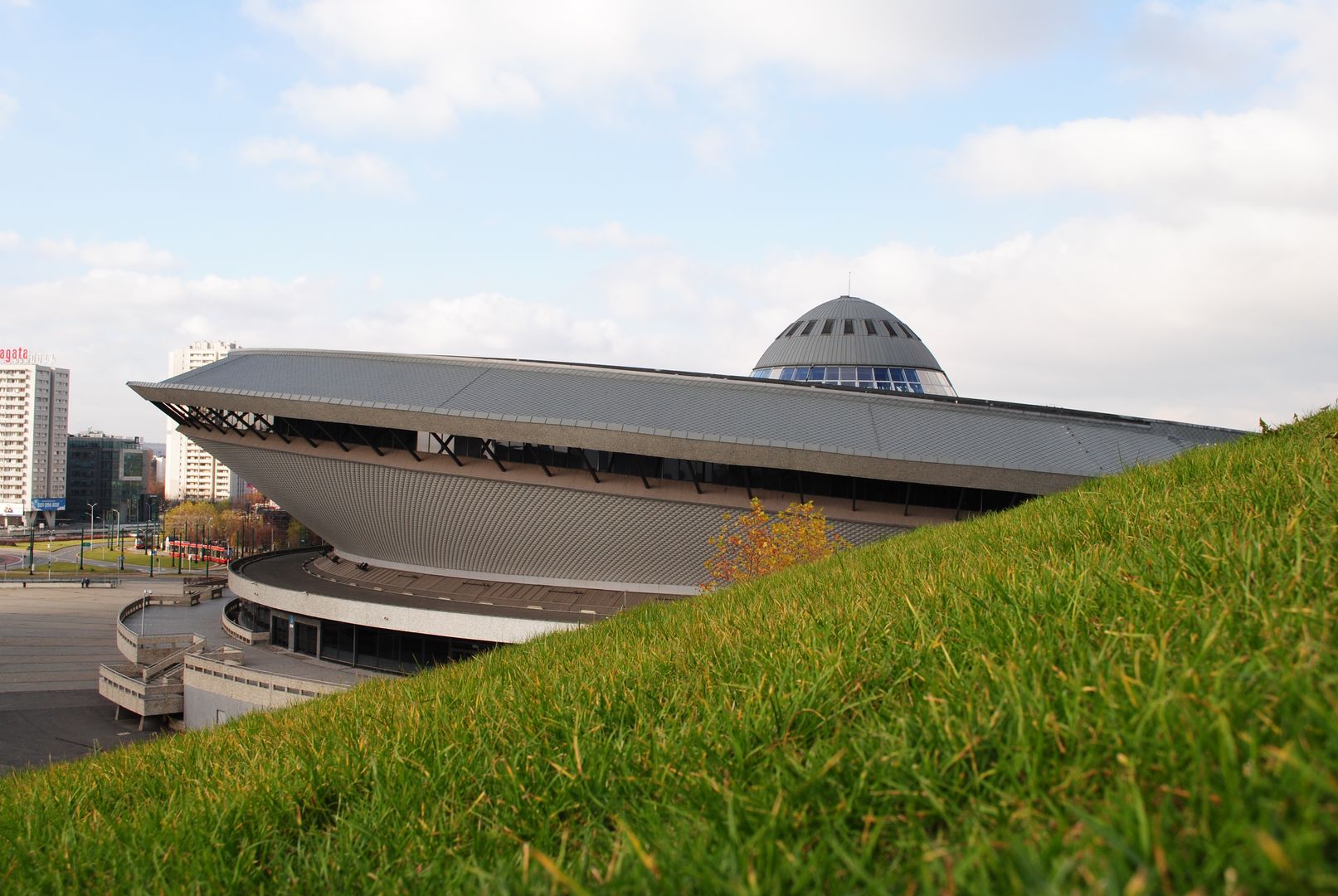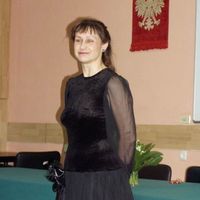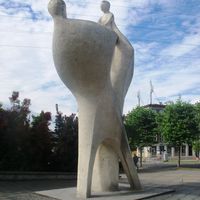Koszutka
7.34

Overview
Koszutka, one of the 22 districts of Katowice, is an area with a rich history dating back to the 17th century, when it functioned as a colony of Bogucice. In the 19th century, thanks to industrial development—especially after the construction of zinc smelters—Koszutka began to grow rapidly, resulting in the development of infrastructure, including railway and tram lines. During the interwar period, urbanization accelerated with the incorporation of Koszutka into Katowice in 1924. The most significant changes took place during the Polish People's Republic, with the construction of the Julian Marchlewski housing estate, which led to the emergence of characteristic socialist-realist style apartment blocks. One of the most recognizable buildings in Koszutka is the "Spodek" arena, opened in 1971, which has become a symbol of Katowice. The architecture of Koszutka combines diverse styles, from workers' housing to modern skyscrapers such as .KTW, the tallest office buildings in the region. Koszutka also boasts a rich cultural offering, with numerous institutions including the "Kosmos" cinema and the Municipal Cultural Center, which engage residents in various forms of cultural activity. The district has no natural conservation areas but borders the Culture Zone, where numerous artistic events take place. In 2011, residents of Koszutka declared diverse national identities, with a predominant sense of belonging to the Polish and Silesian nationalities. Koszutka is one of the most densely populated areas of Katowice, which means residents face challenges related to road infrastructure and a lack of parking spaces. Thanks to its proximity to the city center, Koszutka is well-connected to other parts of the city, further enhancing its appeal. It is also worth noting that the district holds a place in the railway history of Upper Silesia, with former standard and narrow-gauge railway tracks that were crucial for local transport. Today, Koszutka is a dynamic area blending history with modernity, making it an interesting place to live and explore local culture.
Location
Tickets
Powered by GetYourGuide
You can also find here:
2025 Wizytor | All Rights Reserved




